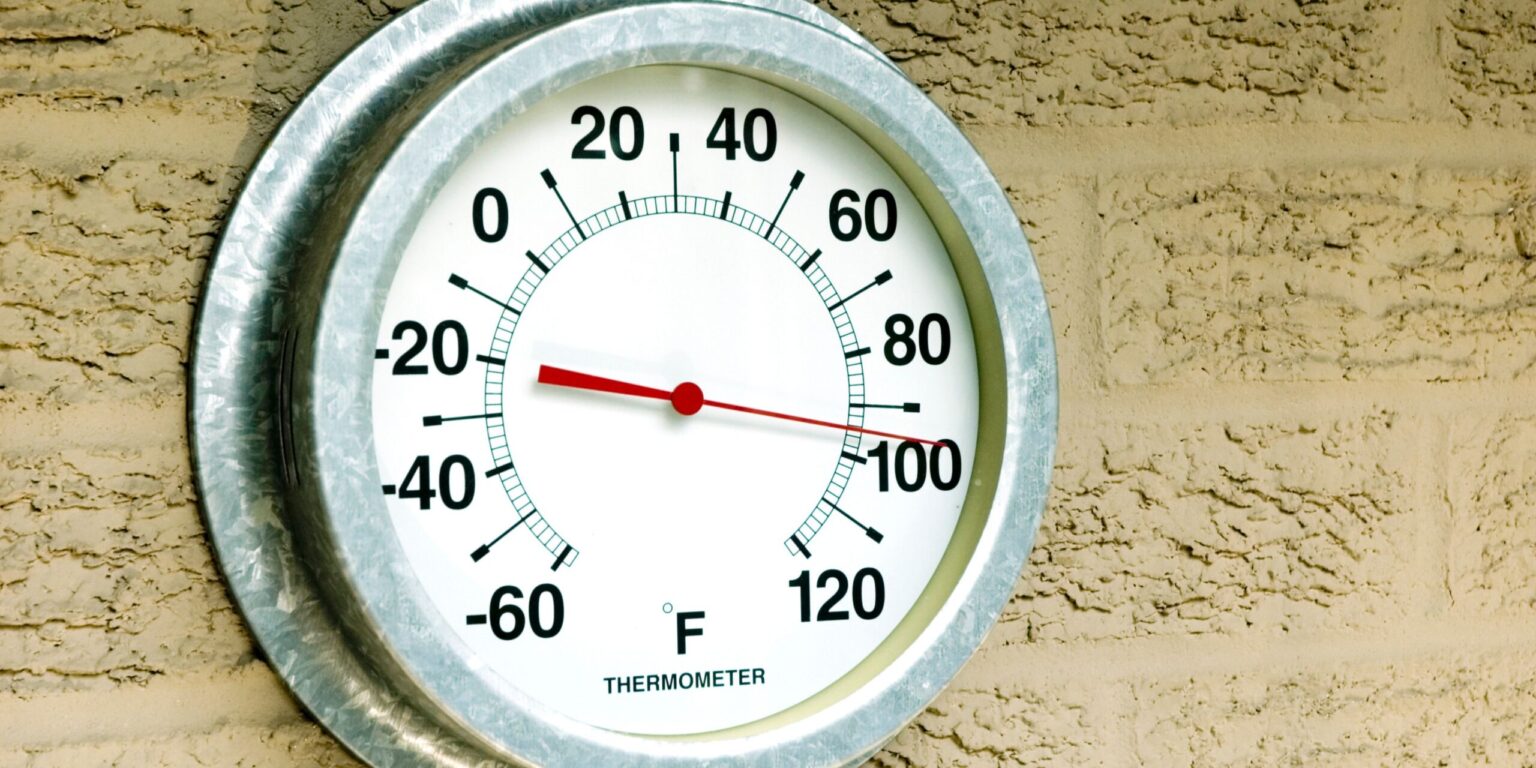By Chloe Ramirez, Senior Correspondent
The U.S. Climate Prediction Center forecasts a hotter-than-normal summer for 2025, with elevated temperatures expected across much of the country. This projection urges Americans to prepare for increased heat-related challenges.
Widespread Heat Expected Across the Nation
The Climate Prediction Center’s outlook indicates that nearly the entire contiguous United States will experience above-average temperatures during the June-July-August period. The highest probabilities are centered over the interior West and southwestern Texas. The eastern half of the U.S., including the northern Plains, southern Texas, and areas from the Mississippi Valley to the Atlantic coast, is also anticipated to experience warmer-than-average conditions.
These patterns may impact energy consumption, agriculture, and public health, highlighting the need for adaptive measures.
Regional Impacts and Concerns
Western and Southwestern U.S.
Inland areas of California, Nevada, and Arizona are projected to face exceptionally hot and mostly dry conditions. The persistent heat is attributed to a general warming trend linked to climate change and an unidentified thermal ocean pattern. This year is expected to bring more triple-digit days and warmer nights, which can hinder overnight cooling and exacerbate health risks.
Eastern U.S.
The eastern half of the country, including the northern Plains, southern Texas, and areas from the Mississippi Valley to the Atlantic coast, is also anticipated to experience warmer-than-average conditions. In Richmond, Virginia, for instance, there’s a significant chance of a hotter-than-average summer, combined with higher-than-normal precipitation, leading to exceptionally muggy conditions.
Health and Infrastructure Implications
The anticipated heat poses significant public health threats, particularly to vulnerable populations such as the elderly, children, and those with pre-existing health conditions. Urban areas may experience exacerbated effects due to the urban heat island phenomenon, where concrete and asphalt retain heat, leading to higher temperatures.
Power grids may also be strained as demand for air conditioning surges. Cities like New Orleans have already experienced extreme heat signals early in the season, suggesting the start of an unusually hot summer. Such extreme heat challenges the reliability of the power grid and emphasizes the need for preparedness.
Climate Change and Long-Term Trends
The forecast aligns with a broader trend of rising temperatures attributed to climate change. Recent analyses show that summers in the U.S. have been consistently warming, with a significant number of cities experiencing rising average summer temperatures between 1970 and 2024. Cities like Reno, Boise, and El Paso have recorded the most significant increases in average summer temperatures.
Global climate projections indicate that mean temperatures in the coming years will remain at or near record highs. There is also a strong likelihood that annual temperatures will exceed key international thresholds, underlining the urgency of global and national climate adaptation strategies.
Preparedness and Adaptive Measures
Given the forecast, public health officials and local governments are urging residents to take precautions:
- Stay Hydrated: Drink plenty of water, even if not thirsty.
- Limit Outdoor Activities: Avoid strenuous activities during peak heat hours.
- Use Air Conditioning: Spend time in air-conditioned places; if unavailable, seek public cooling centers.
- Check on Vulnerable Individuals: Ensure that elderly neighbors and those with health conditions are safe.
- Stay Informed: Monitor local weather forecasts and heat advisories.
Communities are also encouraged to implement long-term strategies, such as increasing green spaces, using reflective building materials, and improving infrastructure resilience to withstand extreme heat.
Conclusion
As the U.S. braces for a hotter-than-average summer in 2025, the emphasis is on preparedness and adaptation. Understanding the risks and taking proactive measures can mitigate the adverse effects of extreme heat on health, infrastructure, and the environment.
